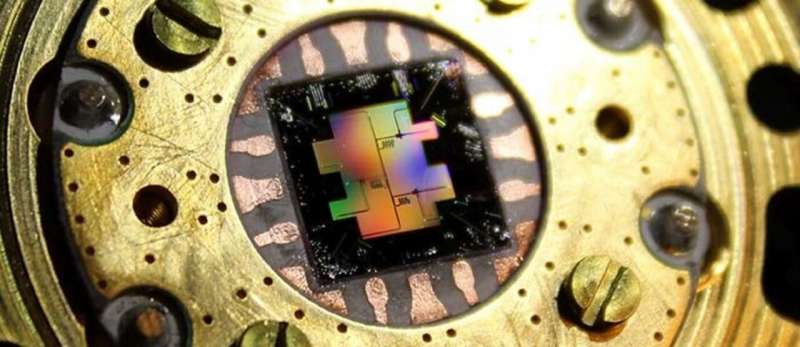
Aalto researchers have used an
IBM quantum computer to explore an overlooked area of physics, and have
challenged 100-year-old notions about information at the quantum level.
The rules of quantum physics, which govern how very small things behave, use mathematical operators called Hermitian Hamiltonians. Hermitian operators have underpinned quantum physics for nearly 100 years, but recently, theorists have realized that it is possible to extend its fundamental equations to the use of Hermitian operators that are not Hermitian. The new equations describe a universe with its own peculiar set of rules: For example, by looking in the mirror and reversing the direction of time, you should see the same version of you as in the actual world. In their new paper, a team of researchers led by Docent Sorin Paraoanu used a quantum computer to create a toy universe that behaves according to these new rules. The team includes Dr. Shruti Dogra from Aalto University, first author of the paper, and Artem Melnikov, from MIPT and Terra Quantum.
The researchers made qubits, the part of the quantum computer that carries out calculations, behave according to the new rules of non-Hermitian quantum mechanics. They demonstrated experimentally a couple of exciting results that are forbidden by regular Hermitian quantum mechanics. The first discovery was that applying operations to the qubits did not conserve quantum information—a behavior so fundamental to standard quantum theory that it results in currently unsolved problems like Stephen Hawking's black hole information paradox. The second exciting result came when they experimented with two entangled qubits.
Entanglement is a type of correlation that appears between qubits, as if they have a magic connection that makes them behave in sync with each other. Einstein was famously uncomfortable with this concept, referring to it as "spooky action at a distance." Under regular quantum physics, it is not possible to alter the degree of entanglement between two particles by tampering with one of the particles on its own. However, in non-Hermitian quantum mechanics, the researchers were able to alter the level of entanglement of the qubits by manipulating just one of them, a result that is expressly off-limits in regular quantum physics.
"The exciting thing about these results is that quantum computers are now developed enough to start using them for testing unconventional ideas that have been only mathematical so far," said Sorin Paraoanu. "With the present work, Einstein's 'spooky action at a distance' becomes even spookier. And although we understand very well what is going on, it still gives you the shivers."
The research also has potential applications. Several novel optical or microwave-based devices developed in recent times do seem to behave according to the new rules. The present work opens the way to simulating these devices on quantum computers.
The paper, "Quantum simulation of parity-time symmetry breaking with a superconducting quantum processor," is published in Communications Physics.

 Previous page
Previous page Back to top
Back to top







